The benefits of space station research and development …
Refining the architecture for the Mars Sample Return mission …
And test firing a solid-rocket booster for our mega Moon rocket … a few of the stories to tell you about – This Week at NASA!
The Benefits of Space Station Research and Development
The 11th annual International Space Station Research and Development Conference took place July 25-28 in Washington. The conference was hosted by the American Astronautical Society and the Center for the Advancement of Science in Space, in cooperation with NASA. The event coincided with the release of the 2022 edition of the International Space Station Benefits for Humanity publication. The digital book, which is available online, is filled with examples of how people on Earth have benefitted from research conducted in the microgravity environment of the space station. For more about the groundbreaking discoveries, benefits for humanity, and how the agency and its commercial and international partners are maximizing research and development aboard the space station, check out nasa.gov/stationbenefits.
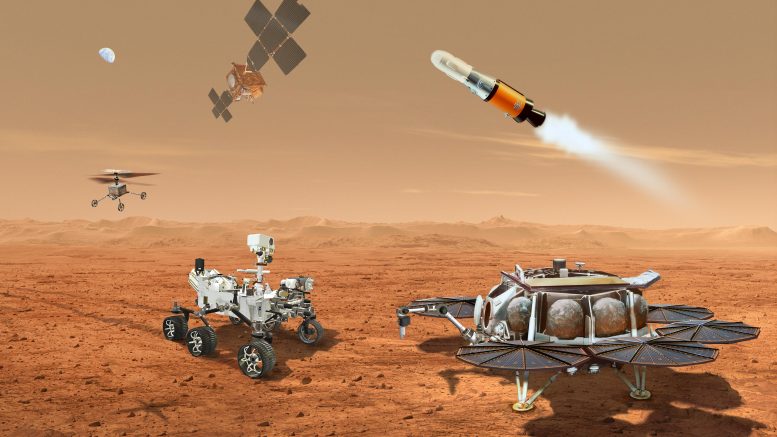
This illustration shows a concept for multiple robots that would team up to ferry to Earth samples collected from the Mars surface by NASA’s Mars Perseverance rover. Credit: NASA/JPL-Caltech
Refining the Mars Sample Return Mission’s Architecture
The Mars Sample Return Program is nearing completion of the conceptual design phase of the mission. The program has reviewed, evaluated, and refined the mission architecture that will be used to return the scientifically selected samples currently being collected on Mars by our Perseverance rover. Refinements to the mission architecture include using Perseverance to replace the Sample Fetch Rover as the primary means of transporting the samples to our Sample Retrieval Lander. The program has also added two sample recovery helicopters, based on the design of our Ingenuity helicopter, that will provide a secondary capability to fetch cached samples from the Martian surface.
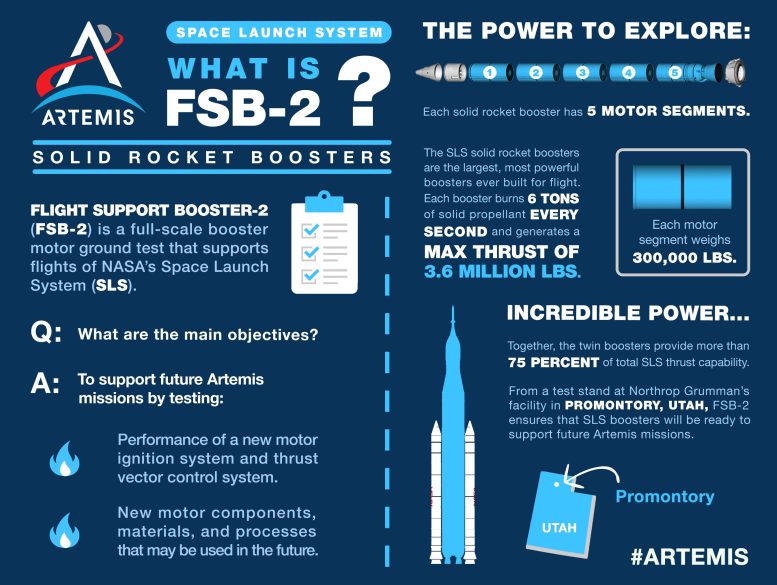
NASA and Northrop Grumman, the Space Launch System (SLS) booster lead contractor, conducted the full-scale Flight Support Booster-2 (FSB-2) test in Promontory, Utah, on July 21 to support future flights of NASA’s mega Moon rocket. The SLS uses two, five-segment solid rocket boosters to help launch NASA’s Artemis missions to the Moon. A single solid rocket booster motor will fire during the FSB-2 test and evaluate improvements and new materials in the boosters for missions beyond Artemis III. Credit: NASA/Kevin O’Brien
Test Firing a Booster Engine for a Future Artemis Mission
Teams from NASA’s Space Launch System or SLS Program recently test fired a ground-based version of a booster engine for our SLS mega Moon rocket at Northrop Grumman’s test facility in Promontory, Utah. Engineers are using the test data to evaluate improvements and new materials in the boosters for missions after Artemis III. Together, two solid rocket boosters on SLS will provide more than 75% of the initial thrust during an Artemis launch.
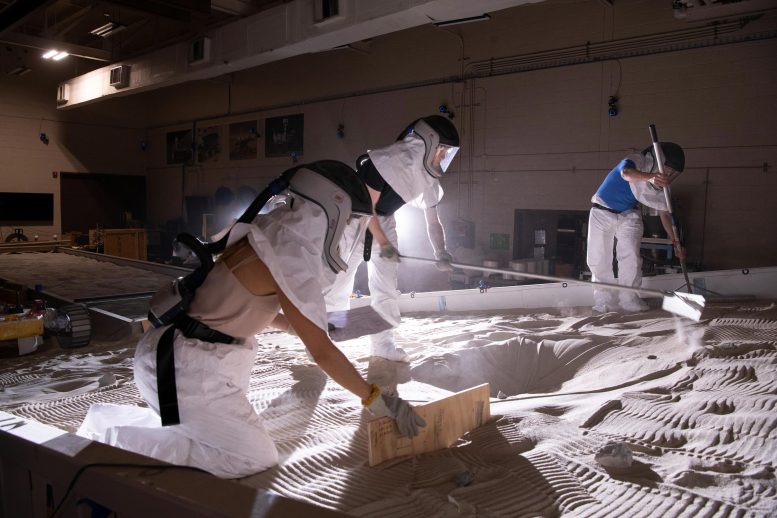
The VIPER engineering test team uses lunar soil simulants and hand-picked rocks to carefully shape the terrain to realistically mimic actual features at the surface of the Moon’s South Pole. Credit: NASA
VIPER Motors Through Moon-like Obstacle Course
NASA’s Volatiles Investigating Polar Exploration Rover or VIPER prototype recently faced the most realistic tests to date of its ability to navigate the most difficult terrain it might encounter at the Moon’s South Pole. The VIPER team used the Simulated Lunar Operations or SLOPE Lab at our Glenn Research Center to create an assortment of tricky soil conditions. They also tested the prototype’s ability to use its wheels to “inch-worm” its way out of being stuck. VIPER is targeted for delivery to the Moon in November 2024 to search for water and other resources that could eventually be harvested to sustain human exploration on the Moon, Mars — and beyond.
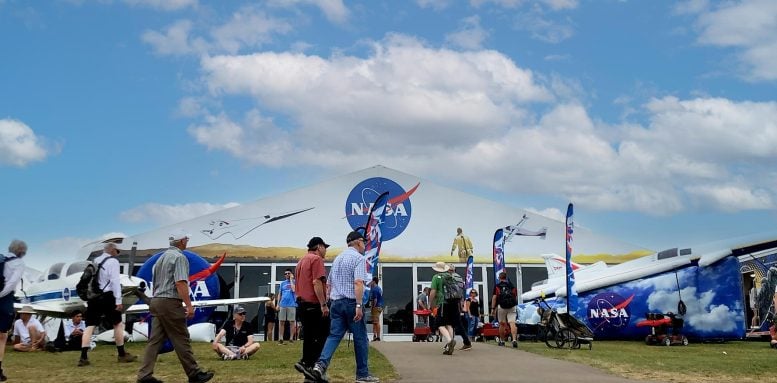
Visitors to the 2022 Experimental Aircraft Association’s AirVenture in Oshkosh, Wisconsin, can find a wide range of aeronautical exhibits, activities, and experts to engage with at NASA’s pavilion. Credit: NASA
NASA Technologies Showcased at AirVenture 2022
We participated in the Experimental Aircraft Association’s AirVenture Oshkosh 2022 event. Our NASA pavilion included exhibits and hands-on demonstrations showcasing aviation inspired technology, and the latest in NASA aeronautics research, space exploration, science, and more. One of the goals of the annual event, which is often called the world’s greatest aviation celebration, is to inspire the next generation of innovators.
That’s what’s up this week @NASA
Article From & Read More ( This Week @NASA: Mars Sample Return, Benefits of Space Station Research and Development - SciTechDaily )https://ift.tt/SEDj13Z
Science
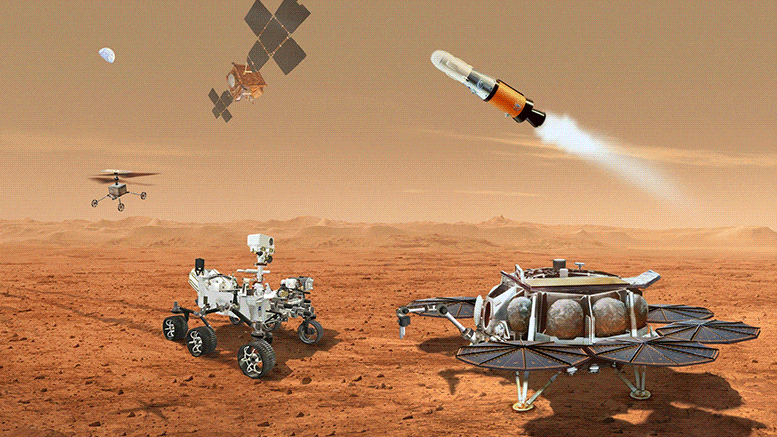
No comments:
Post a Comment